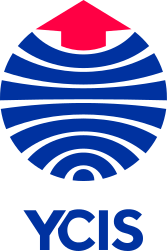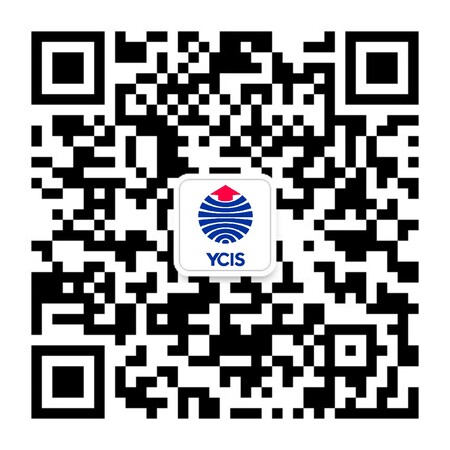Go Back
News
News
From Strength to Strength: YCIS Beijing’s Secondary School Chinese Programme
News
30 May, 2019
10 : 00
Last week at Yew Chung International School of Beijing (YCIS Beijing), we held Celebrations of Learning for our Lower Secondary School Chinese as an Additional Language (CAL) and Chinese Literature and Language (CLL) learners (our more advanced Chinese students). Held at the end of each unit of study, Celebrations of Learning at YCIS Beijing are authentic opportunities for our students to demonstrate what they have just learnt and why it matters, to peers, teachers and parents. Following the students’ engaging presentations we spoke with Amy Zhang, Secondary Chinese Co-ordinator about the strengths of YCIS Beijing’s Chinese programme in Secondary School.
What should parents know about YCIS Beijing’s Chinese programme in Secondary School?Bilingual Education and Bicultural Learning are not trendy taglines at YCIS Beijing. They are principles that lay at the heart of our school and inform every level of learning from Early Childhood Education (ECE) all the way through our Secondary School curriculum.Studying the Chinese language is compulsory in our Secondary School for Years 7-11. All of our Year 11 students in CAL level 2 or above courses, take the International General Certificate of Secondary Education (IGCSE) exam for Chinese. In fact, even beyond IGCSEs, the majority of our students in Years 12 and 13 in the International Baccalaureate Diploma Programme (IBDP) include Chinese in their studies.
What would you say to parents who may be concerned about the rigour of the school’s Chinese programme in Secondary?The rigour of our Chinese programme is high in Secondary. 52% of our students who took Chinese language exams as part of their IGCSE exams last year achieved an A or A+, and 96% of these students achieved a B or above. Also, 61% of our IBDP students who took IB exams last school year, scored a 7 (the highest score possible) on their Chinese language IB exams, with 92.3% achieving a 6 or 7.
How are the varying Chinese language proficiency levels of students in Secondary accommodated?We have worked very hard to calibrate the Secondary School Chinese programme to ensure that every student is met with a curriculum that is both challenging and suitable for their skill level. We offer six levels of Chinese language learning to students through Year 11, with students in Years 12 and 13 offered three IB Chinese levels. We provide so many tiers to be sure that no child is slowed in their Chinese studies by less advanced peers and students who are earlier in their Chinese journey receive all of the support, attention and time required to maximise their language acquisition. We also administer a proficiency exam at the end of each level of Chinese study to ensure students have achieved sufficient Chinese language mastery before starting the next level.
How do the nine levels of Chinese language learning work in Secondary School?The first six levels are available to Secondary School students up to Year 11, followed by three tiers of IB Chinese courses.The first four levels are for CAL learners, followed by two tiers for CLL learners, with three levels of IB Chinese Courses available to IBDP students. Students are sorted into the levels as follows:1. CAL-Level 1: for beginners with little to no Chinese proficiency2. CAL-Level 2: for beginners with one year of Chinese language study3. CAL-Level 3: for students with two years of Chinese language study4. CAL-Level 4: for students with three years of Chinese language study
5. CLL-L2: for students fluent in Chinese who are non-native speakers6. CLL-L1: for students who are native Chinese speakers7. IB Chinese A Literature: for Chinese as a first language speakers8. IB Chinese B: for non-native Chinese speakers9. IB Chinese AB Initio: for Chinese beginners
We also offer the study of traditional Chinese characters to our students whose cultural backgrounds make use of traditional Chinese (for example, students from Hong Kong and Taiwan).
To learn more about the strength of YCIS Beijing’s Chinese programme in Secondary School, please read the following articles: “Keeping Chinese at the Heart of Secondary”, “A Team to Unite Cultures”, “Chinese Interviews in Honglingjin Park”.














